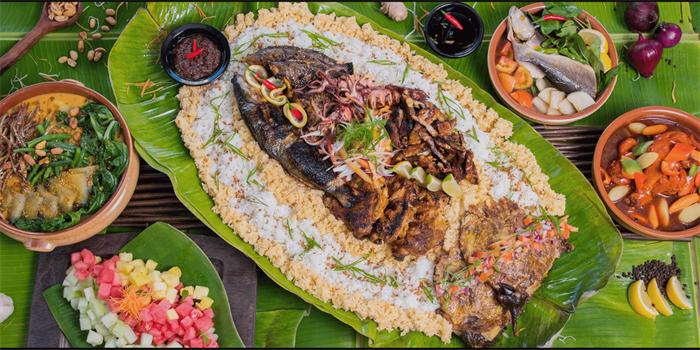
FEATURED ARTICLE

Philippine Food Trends: A Culinary Revolution
The Philippine food scene in 2025 is vibrant, diverse, and evolving. From traditional dishes with a modern twist to international influences, Filipino cuisine is making its mark both locally and globally.
Plant-Based and Sustainable Eating
With a growing awareness of health and environmental issues, plant-based diets are becoming more prevalent. Filipino chefs are incorporating local vegetables and legumes into traditional dishes, offering delicious and sustainable alternatives. Dishes like laing (taro leaves in coconut milk) and ginataang gulay (vegetables in coconut cream) are gaining popularity among health-conscious diners.
Fusion Cuisine: Blending Local and Global Flavors
Fusion cuisine continues to thrive, with chefs experimenting by combining Filipino ingredients with international flavors. Imagine sisig tacos, longganisa pizza, or leche flan milk tea. These innovative dishes not only tantalize the taste buds but also offer a unique dining experience.
The Rise of Filipino Street Food 2.0
Street food is undergoing a transformation. Gourmet versions of traditional street foods are emerging in food courts and night markets. Think truffle taho (sweet tofu dessert) or artisan isaw (grilled chicken intestines) served with unique dips. These elevated street foods provide a nostalgic yet contemporary culinary experience.
Filipino Cuisine on the Global Stage
Filipino cuisine is gaining international recognition. Chefs like Margarita Fores and Jordy Navarra are showcasing Filipino flavors on the global stage, earning accolades and bringing attention to the richness of the country's culinary heritage.
Innovative Dining Experiences
The dining experience is evolving. Restaurants are incorporating technology and creativity to offer immersive dining experiences. From virtual reality-enhanced meals to interactive tasting events, dining is becoming a multisensory journey.


